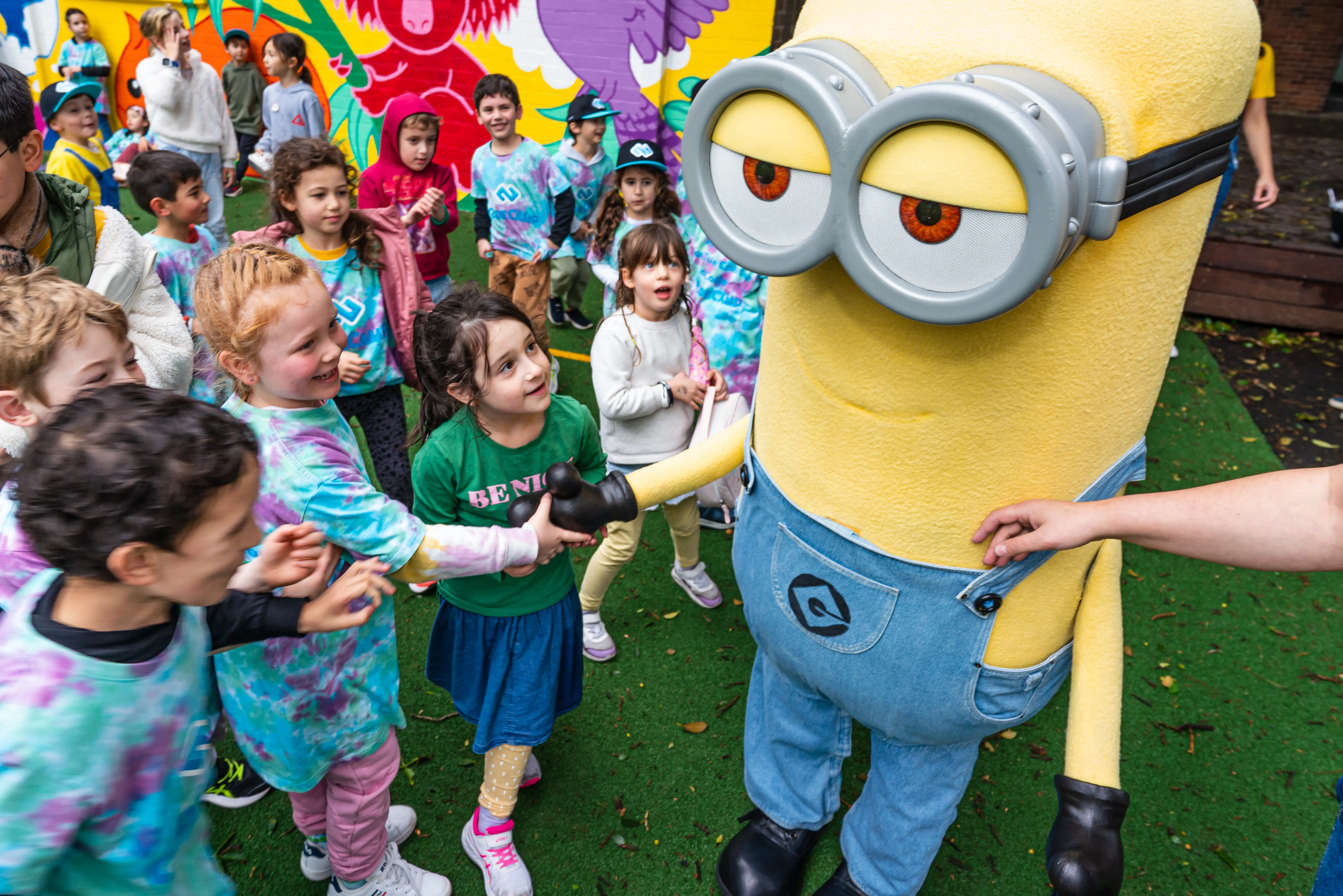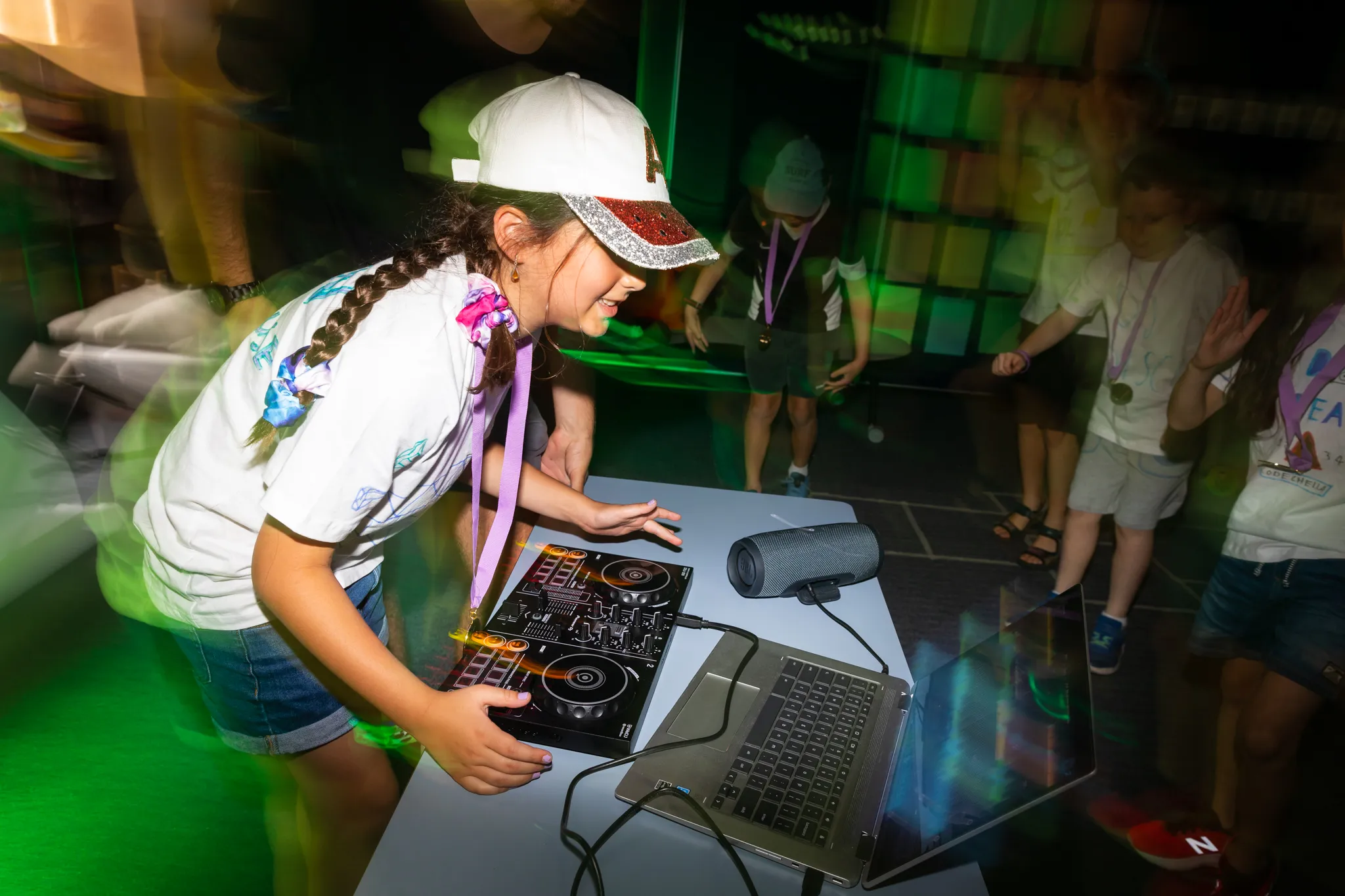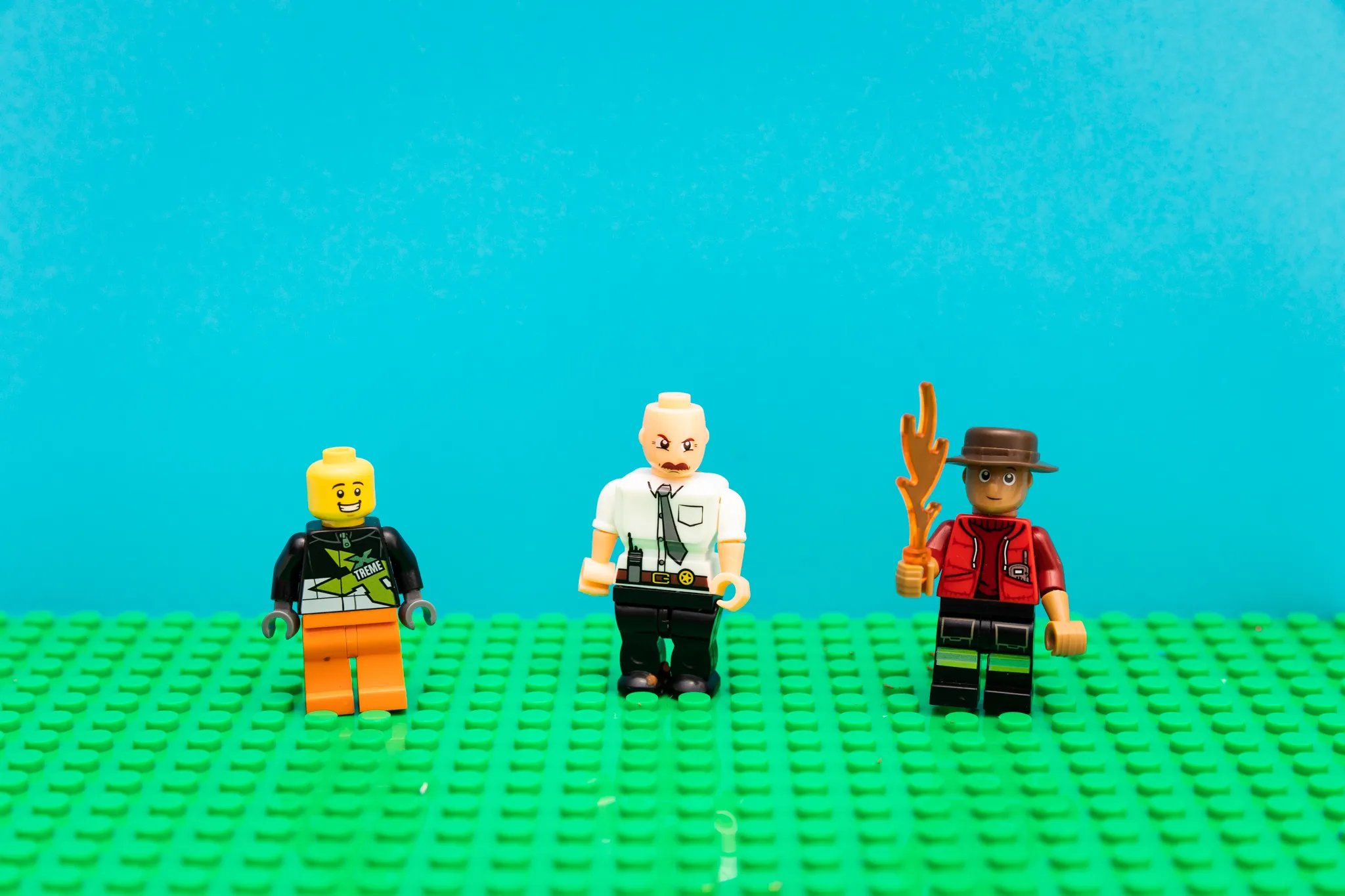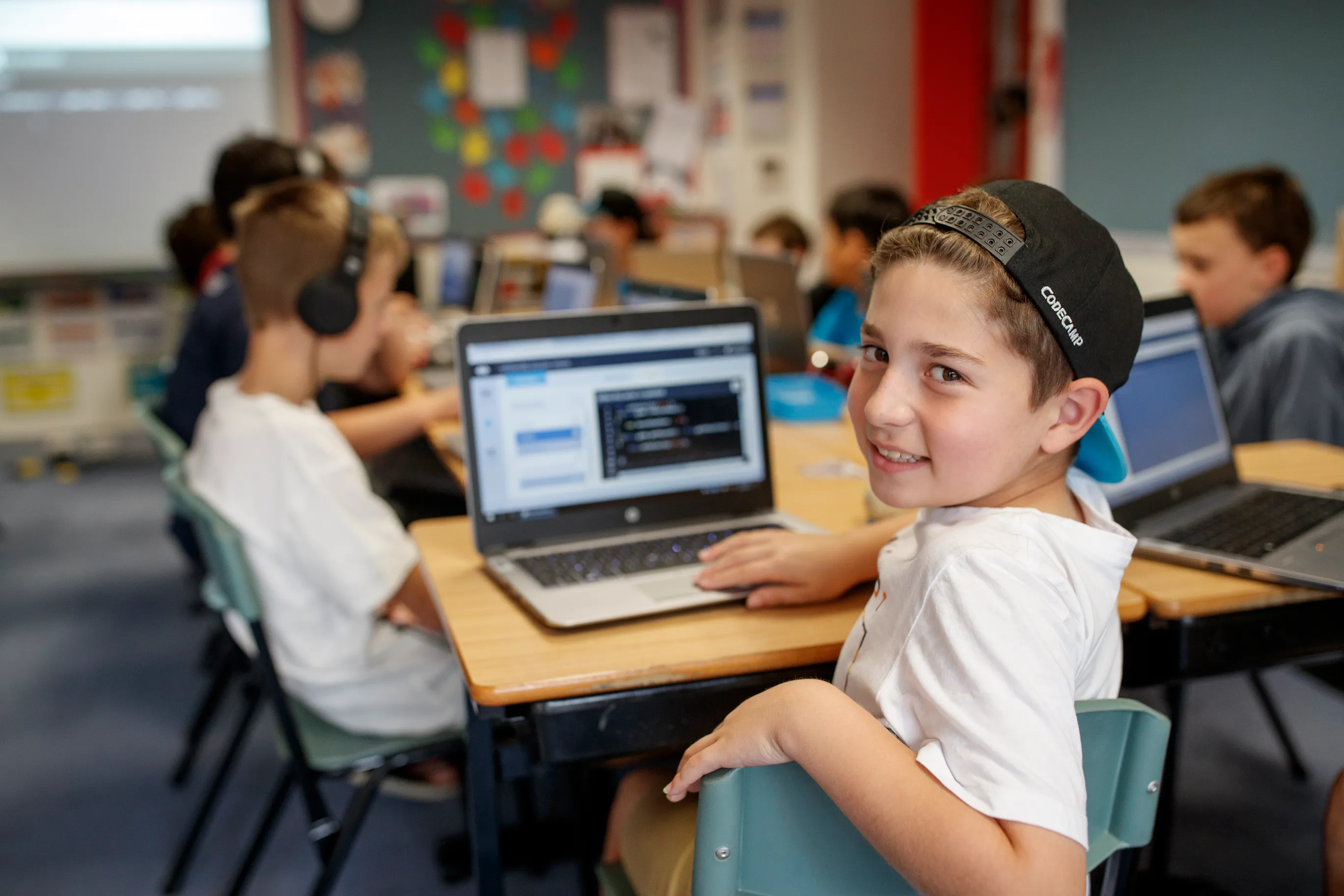
20 Best Programming Languages for Kids
What are the best programming languages for kids? We’ve come up with a curated list of some of the most fun, useful, and even challenging programming languages your kids may enjoy.
Choosing a Programming Language That’s Right for Your Child
While we can provide some general recommendations on age groups for different programming languages, it will still be individual.
Some young kids may simply have a talent for programming and can dive right into a complicated language like C++.
Conversely, an older child may take to a visual programming interface that helps them do something fun like build a gaming environment, but they might have little interest or aptitude for written programming languages.
Generally speaking, kids ages 5-8 will do better with visual programming environments. Starting at age 8, some kids may demonstrate an ability to dig into the text of a language, but you probably want to start them off with something simple. As we get into the pre-teens and ages 13 and up, full programming languages can be taught, depending, once again, on the child (and the language).
Visual Coding Tools vs. Manipulating the Programming Code Itself
Just remember, once you start programming “by hand” – that is, you are typing out statements and editing the actual code itself – you must pay a lot of attention to detail. One wrongly placed semicolon can ruin the entire program.
For some kids, focusing on this level of detail may be frustrating. This is why many “programming languages” for kids are software built to create an easy programming interface on top of the actual language.
In such a visual programming environment, the software is taking the child’s instructions and ultimately writing out the “real” code underneath. This is often done by the child dragging and dropping blocks of “code” with the mouse – with the keyboard not really needed.
What Type of Programming Language Would Be Best for Your Child?
Another thing to consider when choosing programming languages for children is whether the language is compiled or interpreted. A language that requires “compilation” (like C++) can be a bit more frustrating to learn for the beginner.
1. Compiled Programming Languages
The reason is, a program that uses a
has to be “compiled” first before it is run. So, you would write your code out in C++, then you use another program to parse that code and pack it up into a running program (executable). Once the program is “compiled,” it’s ready to go and cannot be edited further.
The problem with compiled programming languages is that you have to get the code right before you run the compilation command. One wrong bit of syntax and the whole thing will choke. You have to go back to the drawing board.
That said, not all compiled languages are bad for kids. BASIC (which we cover below, and can be both compiled and interpreted) is relatively easy to learn and there can be a great sense of satisfaction from compiling and running a completed BASIC program.
2. Interpreted Programming Languages
Run on the fly – they are “interpreted” as they go. A lot of what fuels the World Wide Web runs on interpreted languages because compiling every bit of code to run web pages just wouldn’t be realistic or feasible. Perl, PHP, and JavaScript are website workhorses that are interpreted programming languages.
To further confuse this issue, you can technically run interpreters and compilers on many languages. (JavaScript can be compiled, for example, though that is not its historical or common use.)
Many people also confuse scripting languages such as HTML and CSS as “programming” languages. HTML is a.”
3. Object-Oriented Programming vs. Procedural Languages
Object-oriented programming will be the preferred type of programming for your child to learn someday if they ever want to become a professional programmer. However, they might benefit first from learning how to program in a more “old-school”.
The simple difference is that procedural programming runs through a logical progression of statements, often with structures such as “IF” and “THEN” (IF this happens, THEN do this).
Object-oriented programming is based on objects that can connect with and interact with other objects in a program. It is less linear and more holistic. It can be a little harder to understand at first, but easier in the long run to do many complex things.
BASIC is a procedural language. Java is object-oriented.
20 Types of Programming Languages and Tools Your Kids Can Try
With a better understanding of the types of interfaces and languages your kid might work with, here is a roundup of the best programming languages for kids.
1. BASIC (Small Basic and Just BASIC)
Back in the day when the personal computer was first gaining traction in the late 1970s and early 1980s,
was where it was at. BASIC was the programming language all the new computer owners would try to create short little programs on their 8088 computers and Commodore 64s.
Despite the popularity of Visual Basic in the 90s, BASIC has fallen by the wayside as a serious programming language. Still, it’s a great language for your younger kids to try if they want to get their feet wet in real programming code.
Why? Because it is easy, and the syntax sounds like what it does: “IF ... THEN ... ELSE”
For a modern, simplified version of BASIC, try Microsoft’s.
2. Alice
Great for younger kids, is a block-based visual environment developed by Carnegie Mellon University.
3. Blockly
Is Google’s project. It’s a way to visually program using interlocking blocks.
4. Scratch
MIT developed, another great visual environment for younger kids and anyone preferring to work visually.
5. CoderZ
Is not a programming language but a Java overlay that allows kids to create their own virtual 3D robots. As they progress, they can learn more about the underlying Java code.
6. HTML and 7. CSS
As mentioned above, the website languages HTML and CSS are not technically programming languages, though they are erroneously called that sometimes. Learning HTML and CSS, however, can teach kids how to handle text-based syntax, and it gives them the foundation for learning real programming languages used for websites such as JavaScript and PHP.
8. Perl
Was instrumental in building the World Wide Web. Whenever you sent a form through a website, it was usually written in Perl. It was eventually supplanted from its top dog position by PHP and JavaScript, but it is still a highly useful language for web development.
Perl is an interpreted language that is, at its core, procedural but has object-oriented capabilities. Some of the syntax can be challenging. It is best for older or talented children who may tinker with Linux. Perl will help them in system administration.
9. PHP
Should ideally be learned after HTML, as much of what we do today with PHP involves pulling up and displaying web pages (with HTML). PHP can certainly do other things, but it’s best known for making interactive web pages. It is the programming code underneath popular website content management systems such as Drupal and WordPress.
PHP is interpreted and should be easy to learn for more mature kids with some knack for programming.
10. JavaScript
Should not be confused with Java – the two are different languages. JavaScript is a lightweight interpreted, object-oriented programming language that is used on most websites today. Like HTML and PHP, if your kid wants to learn web design, they should learn JavaScript.
11. Java
One of the big reasons many kids end up learning Java is for the simple reason that they want to build on Minecraft. You can use graphical interfaces and special software, for example, to build a Minecraft Mod without understanding the underlying code (Java).
One such example is
– and it’s not even created for kids, but adults who simply want the freedom to create without messing with code.
At some point, however, the kids will want more control. They can then learn Java.
12. Ruby
Honorable Mentions
- Kodu (game creator)
- C++ (advanced compiled language)
- Twine (interactive fiction tool)
- Arduino (prototyping platform)
- Unreal Blueprints (visual gameplay scripting system)
- Python (object-oriented programming language)
- Swift Playgrounds (iPad app builder)
- LEGO Mindstorms (robot-building program)
Let Your Kids Explore Programming
Likely, your kid may end up surpassing you in technical knowledge rather quickly. While this article provides a starting point for the various programming resources your child might use, they will inevitably explore and find their own tools. And that’s a good thing!
Your Ultimate school holidays activity list

1. Get creative with Minions
What is it?
Kids go bananas for Minions (pun intended) and these school holidays they can express their fandom making a Minions movie using stop-motion animation techniques. Over 2 days, kids create their own Minions clay characters and design their own film set. The magic begins when they see their characters come to life by taking multiple images of objects and stitching them together to look like they’re moving! - It’s incredibly fun!
Why go?
If they watch their favourite animated movies on repeat, they’ll love creating Minions clay figurines and developing their own story, taking lots of still frames and stitching them together to create their very first movie!
Ages: 5-7

2. Become a DJ
What is it?
Children will take their first steps into the exciting world of mixing music to create their own DJ set.
Why go?
Kids will love mixing their favourite pop tunes using beat matching and transitions on real DJ decks. Plus, they will design their own DJ brand, develop branded merch, and even perform a DJ set to their friends!
Ages: 8-13

3. Pilot a drone
What is it?
Kids learn to pilot a drone using coding to design a flight path and watch in wonder as the drone takes flight!
Why go?
If your kid shows an interest in drones, they can learn more than just the basics of flying. Kids get a taste of cutting-edge technology and learn about coding, problem-solving, engineering, design, and more. They’ll learn about drone tech and safety, movie making, and discover how drones have a positive social impact when used to fight bushfires, rescue koalas, spot sharks on the coast and loads more!
Ages: 9-13

4. Become a YouTuber
What is it?
While they may not end up with YouTube stardom, we’re sure kids will have a new lens on screen time. They will be equipped with the skills to start producing and directing their own ideas instead of simply watching other people's! Plus, they’ll gain confidence ‘performing’ in front of audiences and on set and importantly, learn about staying safe online.
Why go?
Taking a YouTube fixation and turning it into something incredibly productive where kids will learn planning, storytelling, filming and video editing to become the star in their very own YouTube-style videos.
Ages: 8-13

5. Produce a LEGO movie
What is it?
Turn hours of playing with LEGO characters into an even more creative pursuit, by teaching kids to create their own LEGO Movie.
Why go?
They can use their favourite LEGO characters and sets, come up with a fun storyline and use stop-motion techniques to produce a short animation film. It will transform the way they play at home and offer endless hours of creativity for the rest of the holidays.
Ages: 7-12

6. Code a game
What is it?
Kids can design their own arcade-style video games (like Super Mario Bros), jam-packed with cool characters like zombies and unicorns, and awesome gaming features such as invisibility cloaks and shrinking potions. They’ll learn drag and drop code and logic to connect all the design elements together and bring their games to life!
Why go?
Kids are spending countless hours on Roblox and Minecraft these days. Get them to spark their creative side instead, by producing their own original games, using a combination of creative level design, storytelling and problem-solving to bring their creations to life. It’s so much fun, they won’t realise they are actually learning some very important coding and tech skills for their future.
Ages: 7-12

7. Develop a Website
What is it?
For kids with some proficiency in coding, they’ll create their own website from scratch about an animal, movie, sporting team or their favourite topic.
Why go?
With 1.93 billion websites on the world wide web, developers are in higher demand than ever before. It’s a great head start to gain fundamental web building skills and your kids will have so much fun in the process.

